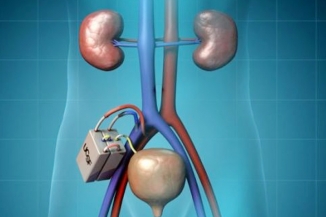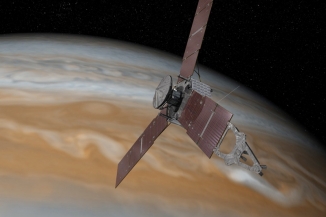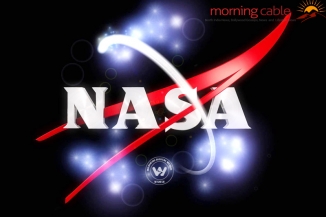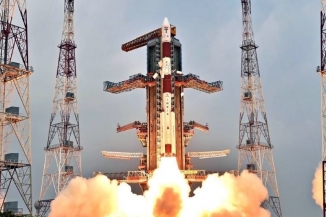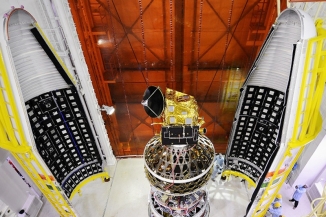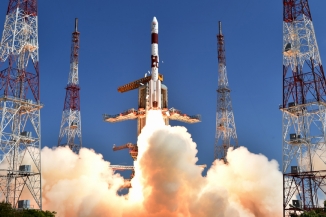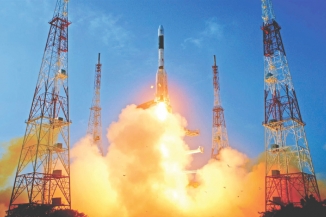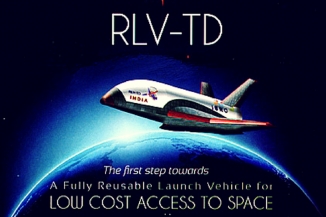
ISRO and US space agency NASA will join hands to launch a satellite that will help in the study of earthquake and its patterns. The satellite, NASA-ISRO Synthetic Aperture Radar or NISAR is designed to observe and take measurements of some of the earth's most complex processes, including ecosystem disturbances, ice-sheet collapse and natural hazards such as earthquakes, tsunamis, volcanoes and landslides.
NASA Administrator Charles Frank Bolden said they are planning to launch the satellite by 2020-21, while ISRO’s AS Kiran Kumar said they are looking to prepone the launch.
"The US is providing L-Band. It will help us look at crustal deformation. We are looking for hints at earthquake detection. We cannot predict earthquake but we can advise people where it has occurred. We are hoping to launch it by 2020-21," Bolden said.
"The activity involves building a payload with L- and S- bands synthetic aperture radar. It's a new technology instrument. While NASA provides the L-Band component of the electronics plus the antenna, which is a huge one. ISRO will provide the S-Band and the payload will be integrated at NASA and then the payload comes back to Bangalore. It gets integrated on the satellite, which is being built and will be launched by ISRO. So, currently the activities are going on in full swing. Both the governments have cleared the basic mission. We are looking at a possible launch with 2021. We are trying to advance the launch and we are working towards it. As far as we are concerned the usage of this got many significant usage for our program," ISRO’s AS Kiran Kumar said.
"You can measure accurately the variations in surface topography, accuracy in millimeters. So, it's not earthquake prediction that is possible and making measurements of locations where large deformation are consistent, observation of changes in surface measures which will lead to stress levels being built up at certain locations which could help in understanding the behaviour of understanding earthquake and its phenomena. The objective is to make systematic study in timely manner," Kumar said.
"We are very much excited about it because for the first time two of our agencies are working together on such a big scale," the ISRO chief said, adding that both the space agencies have formed a working group and they would meet periodically.
“They look at the result available from Mars Orbiter Mission and MAVEN. They also look at if there could be some coordinated measurements which could be planned. In future, we are also looking at what we could so with NASA in our future MARS missions. We are also looking at opportunities for some of our payloads which can be carried on their (NASA's) programs. This is a continuous dialogue on how we can take forward our current engagements on Mars program," Kumar said. Â
By Premji









